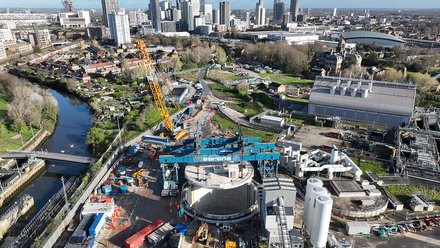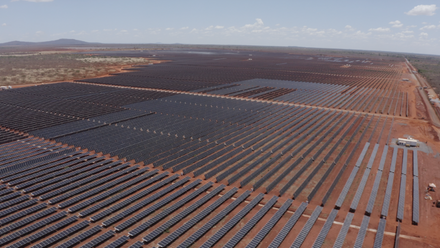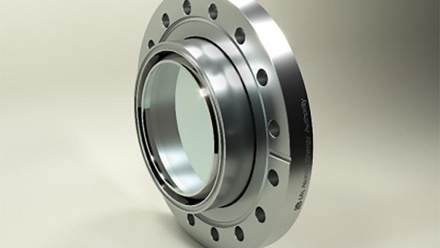Searching the skies for zero-emissions training aircraft
The UK's Defence and Security Accelerator (DASA) is looking for net-zero options for the next generation of light flying training aircraft.

This Market Exploration is being run on behalf of the Royal Air Force (RAF) and seeks information on relevant technologies and systems that are in development and maturing over the coming four years.
Defence currently uses propeller-driven, fossil-fuelled, light training aircraft across multiple military and civil airfields for pre-Service entry flying training, grading and assessment. This includes Royal Air Force University Air Squadrons (UAS) and Air Experience Flights (AEFs) and flying grading and streaming in the Army and Royal Navy.
All three services develop qualified flying instructors in key skills, including:
-
Unusual attitude and spin recovery training
-
The ability to operate under Instrument Meteorological Conditions (such as flight in cloud or without reference to an external horizon)
-
Operating under Air Traffic Control in closely managed airspace. This includes the need to fly instrument approaches if required.
The UK Government and the RAF have set targets for achieving net-zero carbon emissions by 2050 and 2040, respectively. To help reach these goals, the next generation training aircraft must use a sustainable fuel source such as electric or hydrogen.
The next-generation light training aircraft needs to:
-
Employ a powertrain that is zero-carbon emissions at the point of activity.
-
Be a robust, dual control, side-by-side two-seat configuration with fixed undercarriage that operates from both grass and hard runways.
-
Demonstrate indicative performance requirements - an operating endurance of around 90 minutes and require no more than 20 minutes turnaround time between flights. This will include replenishment of the powertrain energy source.
-
Be capable of operating between airspeeds of 50-130kts to a ceiling of 10,000ft at maximum all up mass.
-
Possess an air speed envelope that affords safe handling and low stalling speed, but enables activities requiring higher speeds such as low-level navigation and entry into aerobatic manoeuvres.
-
Be capable of flight in all classes of controlled airspace and IMC.
Read the full Market Exploration here and submit your idea.







